Search Images
Browse Content (p. 1092)

Image
Three Khachkars at Geghard Monastery in Armenia
Geghard Monastery in Armenia contains a number of churches, altars, and tombs, most of which are cut into rock. The monastery is widely considered the very peak of Armenian medieval architecture. It was founded at some point in the 4th century...
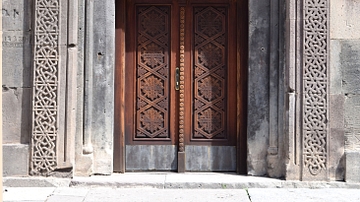
Image
Decorate Doorway at Geghard Monastery
Geghard Monastery in Armenia contains a number of churches, altars, and tombs, most of which are cut into rock. The monastery is widely considered the very peak of Armenian medieval architecture. It was founded at some point in the 4th century...
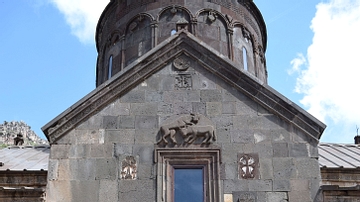
Image
Façade of Geghard Monastery
Geghard Monastery in Armenia contains a number of churches, altars, and tombs, most of which are cut into rock. The monastery is widely considered the very peak of Armenian medieval architecture. It was founded at some point in the 4th century...

Image
Geghard Monastery Cut from Rock
Geghard Monastery in Armenia contains a number of churches, altars, and tombs, most of which are cut into rock. The monastery is widely considered the very peak of Armenian medieval architecture. It was founded at some point in the 4th century...
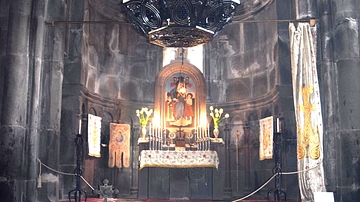
Image
Altar at Geghard Monastery
Geghard Monastery in Armenia contains a number of churches, altars, and tombs, most of which are cut into rock. The monastery is widely considered the very peak of Armenian medieval architecture. It was founded at some point in the 4th century...
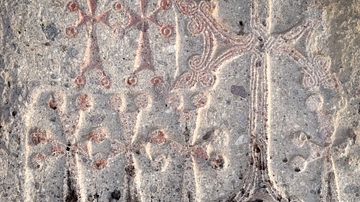
Image
Decorative Crosses at Geghard Monastery
Geghard Monastery in Armenia contains a number of churches, altars, and tombs, most of which are cut into rock. The monastery is widely considered the very peak of Armenian medieval architecture. It was founded at some point in the 4th century...
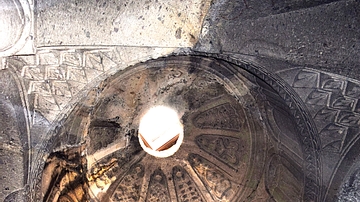
Image
One of the Domes at Geghard Monastery
Geghard Monastery in Armenia contains a number of churches, altars, and tombs, most of which are cut into rock. The monastery is widely considered the very peak of Armenian medieval architecture. It was founded at some point in the 4th century...

Image
Icon of Saint Basil
This icon from the 11th century CE depicts Saint Basil (also known as Basil the Great and Basil of Caesarea), who lived c. 330 CE to 379 CE. Located in St. Sophia Cathedral, Kiev.
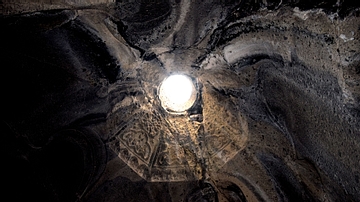
Image
Medieval Dome at Geghard Monastery
Geghard Monastery in Armenia contains a number of churches, altars, and tombs, most of which are cut into rock. The monastery is widely considered the very peak of Armenian medieval architecture. It was founded at some point in the 4th century...
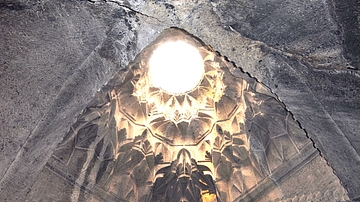
Image
Decorated Dome at Geghard Monastery
Geghard Monastery in Armenia contains a number of churches, altars, and tombs, most of which are cut into rock. The monastery is widely considered the very peak of Armenian medieval architecture. It was founded at some point in the 4th century...